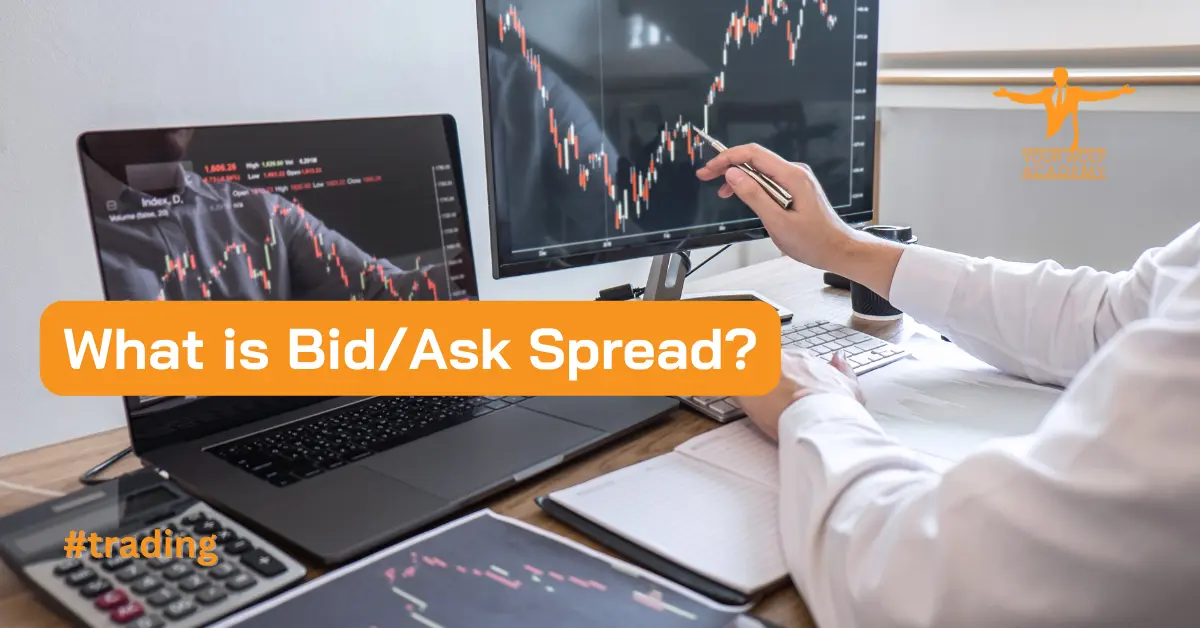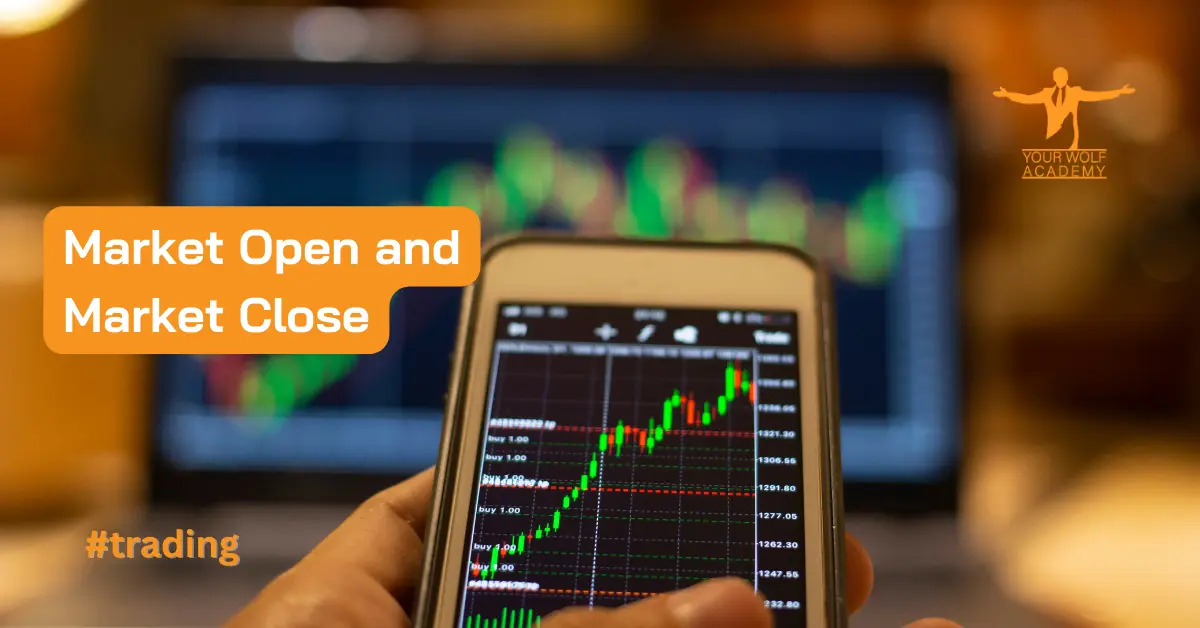The bid/ask spread is a critical concept in the financial markets. It is the difference between the highest price a buyer is willing to pay for an asset and the lowest price a seller is willing to accept. In other words, it represents the cost of trading a security or financial asset.
Understanding the bid/ask spread is essential for traders, investors, and other market participants to make informed decisions and execute profitable trades. In this article, we will explore the bid/ask spread in detail, including its definition, significance, factors that influence it, and strategies to trade effectively using the spread.
What is Bid/Ask Spread?
The bid/ask spread is the difference between the bid price and the ask price of a financial asset. The bid price is the highest price a buyer is willing to pay for a security, while the ask price is the lowest price a seller is willing to accept.
The bid/ask spread is the cost of executing a trade in a particular asset, which is incurred by the buyer and the seller. The spread is calculated by subtracting the ask price from the bid price and is expressed in percentage or absolute terms.
For example, suppose the bid price for a stock is $50, and the ask price is $52. In that case, the bid/ask spread is $2, or 4% of the ask price ($2/$52). This means that if a buyer wants to purchase the stock, they will have to pay $52, which is the ask price, while the seller will receive $50, which is the bid price.
Significance of Bid/Ask Spread
The bid/ask spread is an essential concept in the financial markets as it represents the liquidity of a security or financial asset. A narrow bid/ask spread indicates high liquidity, which means that a large number of buyers and sellers are willing to trade the asset.
On the other hand, a wide bid/ask spread suggests low liquidity, which means that there are few buyers and sellers willing to trade the asset.
The bid/ask spread is also a measure of transaction costs, which are incurred by buyers and sellers when they trade financial assets. These costs include brokerage fees, commissions, and other expenses associated with trading. A wide bid/ask spread increases transaction costs, making it more expensive to buy or sell an asset.
Therefore, traders and investors prefer to trade assets with narrow bid/ask spreads to reduce transaction costs and improve profitability.

Factors that Influence Bid/Ask Spread
Several factors influence the bid/ask spread of a financial asset. Understanding these factors can help traders and investors make informed decisions and execute profitable trades. The following are the most significant factors that affect the bid/ask spread.
Market Volatility
Market volatility is the degree of variation of prices in the financial market. High volatility leads to wider bid/ask spreads as traders and investors are more cautious about buying or selling assets. This is because high volatility increases the risk of sudden price movements, which can result in losses.
Liquidity
Liquidity refers to the ease with which a financial asset can be bought or sold in the market without affecting its price. High liquidity leads to narrow bid/ask spreads as there are more buyers and sellers willing to trade the asset. On the other hand, low liquidity leads to wider bid/ask spreads as there are fewer buyers and sellers.
Supply and Demand
The laws of supply and demand play a crucial role in determining the bid/ask spread. When demand for an asset is higher than its supply, the bid/ask spread narrows as buyers are willing to pay higher prices to acquire the asset. Conversely, when supply exceeds demand, the bid/ask spread widens as sellers lower their prices to attract buyers.
Trading Volume
Trading volume refers to the total number of shares or contracts traded in a particular asset within a given period. High trading volume leads to narrow bid/ask spreads as there is a high level of activity in the market. On the other hand, low trading volume leads to wider bid/ask spreads as there are fewer buyers and sellers in the market.
Asset Class
Different asset classes have different bid/ask spreads. For example, stocks usually have narrow bid/ask spreads, while options and futures have wider bid/ask spreads due to their complex nature.
Exchange Regulations
Exchange regulations can also affect bid/ask spreads. Some exchanges impose fees on traders and investors, which increase the transaction costs and widen the bid/ask spread.
Strategies to Trade Using Bid/Ask Spread
Traders and investors can use the bid/ask spread to execute profitable trades. The following are some strategies to trade using the bid/ask spread.
Market Order
A market order is an instruction to buy or sell a financial asset at the current market price. This strategy is suitable for traders who want to execute trades quickly and do not want to wait for the bid/ask spread to narrow. Market orders are usually executed immediately, but the trader may pay a higher price if the bid/ask spread is wide.
Limit Order
A limit order is an instruction to buy or sell a financial asset at a specified price or better. This strategy is suitable for traders who want to wait for the bid/ask spread to narrow before executing a trade. Limit orders can take longer to execute, but the trader can specify the price at which they want to trade.
Stop Order
A stop order is an instruction to buy or sell a financial asset when its price reaches a specified level. This strategy is suitable for traders who want to enter or exit a position at a predetermined price. Stop orders can be used to limit losses or lock in profits.
Spread Trading
Spread trading involves buying and selling two related financial assets simultaneously to profit from the price difference between them. This strategy is suitable for traders who want to minimize the impact of bid/ask spreads on their trades. Spread trading can be used in options, futures, and other complex financial instruments.
Conclusion
The bid/ask spread is a critical concept in the financial markets as it represents the cost of trading a financial asset. Understanding the bid/ask spread is essential for traders and investors to make informed decisions and execute profitable trades.
The bid/ask spread is influenced by various factors such as market volatility, liquidity, supply and demand, trading volume, asset class, and exchange regulations. Traders and investors can use strategies such as market orders, limit orders, stop orders, and spread trading to trade effectively using the bid/ask spread.
Your Wolf Academy offers a range of educational resources to help traders succeed, including free signals, technical analysis, and weekly webinars. Sign up today and get a recommendation for a regulated brokerage company that suits your needs.


